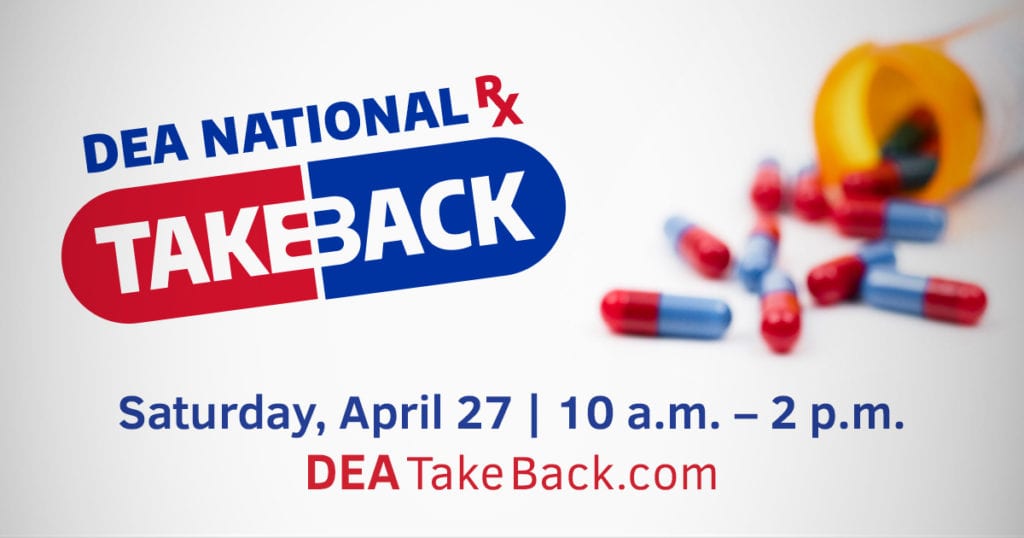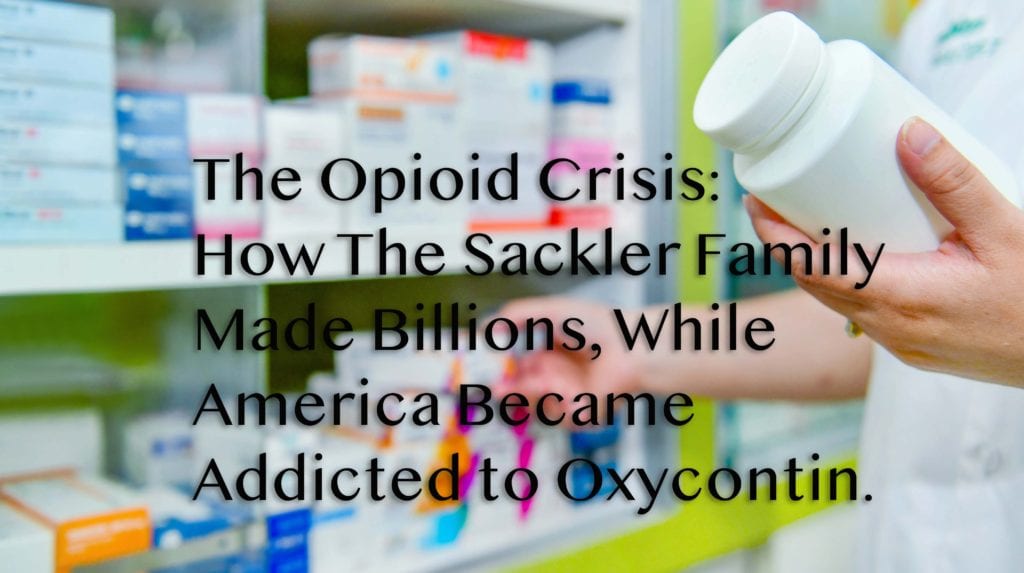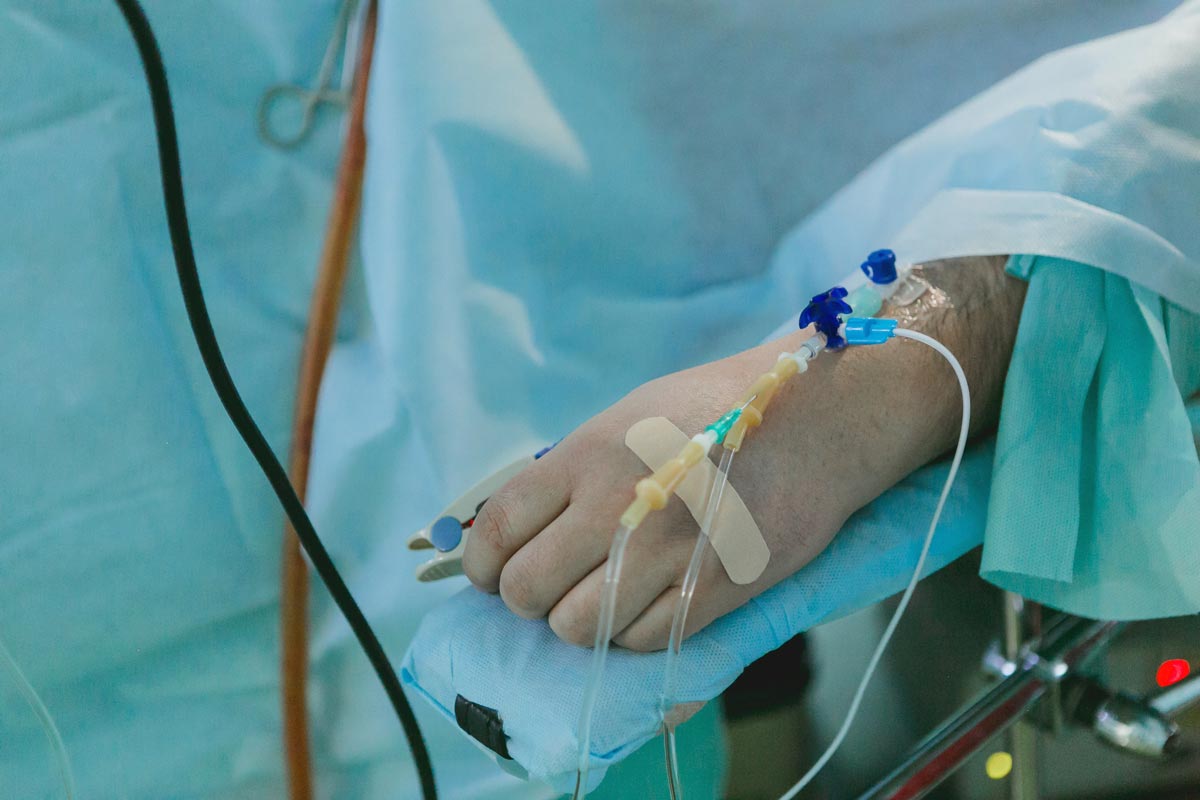Prescription drug abuse is a major concern across the United States as many communities are struggling with the ongoing opioid …
The Opioid Crisis: How The Sackler Family Made Billions, While America Became Addicted to Oxycontin.
The documents also show that along with complacency of the family, (many of whom also serve as the board of directors) Purdue …
Alcohol Use Linked to Cancer
known cure, but we can treat use disorders, and individuals can maintain a program of recovery. Our mission is to show people who …
Addiction Treatment After Overdose
drug naloxone more available have spared thousands of lives. However, a cure for overdose is not an antidote for addiction. When …









